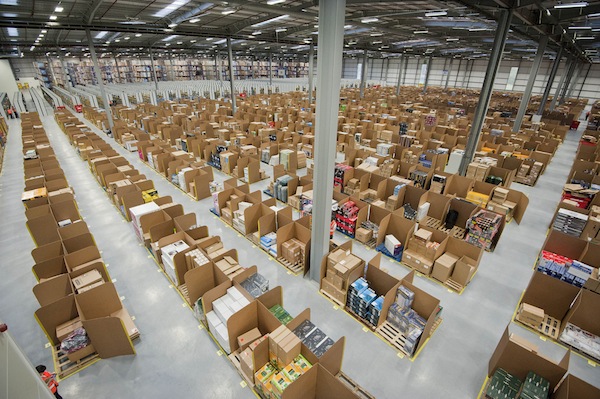
Membership ain’t what it used to be.
Two years ago, I signed up for Amazon’s Prime program. $79 a year for unlimited two-day shipping. It was a tailor-made program for someone like me who bought everything from printer paper to lawnmowers online. (Really — a nifty all-electric model, delivered to within three feet of my door, requiring just two bolts to be attached before it was ready to roll.)
Some financial analysts decried the program, limiting themselves, as they often do, to the math. And the math said Prime could be a losing proposition, with customers costing Amazon more in shipping costs than the $79 they paid. It was short-sighted. Amazon CEO Jeff Bezos was, and is, all about building market share.
As a consumer and a media analyst, I understood immediately what Bezos was up to: make it easy for me to buy, save me some money on shipping, deliver my stuff quickly (whether I needed quickly or not) — and I’d buy more stuff from Amazon. It’s worked.
As Amazon expands Prime, and rolls out Kindle Fire, it’s time we looked at the Prime moves as a quasi-subscription product, something news and magazine companies know a lot about it. Let’s take a quick look at the relative newsonomics of what Amazon is up to, and how it compares to the business publishers know well.
For Amazon, giving me “free” shipping for a capped annual price is certainly about volume of sales. Estimates are that Prime members — about 10 million in total — up about 40 percent of Amazon’s U.S. sales, each member buying around $1,500 worth of stuff a year.
These are core customers, the same sort of core customers that is driving digital subscription sales for newspapers and magazines. We were either already core when we saw the Prime offer or became core because of it. Simply, Prime is all about relationship. In fact, “free two-day shipping” turned out to be — was it Bezos’ plan from the beginning, or a happy stumble? — a backdoor to relationship building.
Bezos took a retail business without much loyalty and is turning it into a loyalty business.
Then, in February, Amazon extended Prime benefits to free instant streaming of videos, as its on-demand service (13,000 movies so far) got off the ground. Then, two weeks ago, it announced a “free” book lending service (5,000 books so far) for Prime members. These are just fledgling steps in turning Prime customers into media-swilling Amazon members. It’s an old-fashioned, co-op-like membership meme, offered from one of the world’s great progenitors of digital age capitalism. (Here’s a good Prime primer by Brad Tuttle at Time’s Moneyland, and here’s a good rundown on the business end from the Journal’s Stu Woo.)
Consider these numbers offered up by Piper Jaffray analyst Gene Munster in the Journal story:
So investors were a tad concerned recently when this trajectory of cost reduced Amazon’s overall operating margin shrank to 0.7 percent in the third quarter from 3.5 percent a year earlier.
Munster smartly juxtaposes the increased loyalty and sales volume against that loss — or against that investment.
Now let’s turn the news and magazine industry, and ask a few questions:
In the world as it is, though, news and entertainment media are countering with the All-Access value model. Take all our content — and be excited about all the ways we now bring it to you. Netflix, Comcast, HBO, The New York Times, and the Wall Street Journal are selling convenience, immediate gratification, and mobility — all great if often short-sighted American virtues. “Sell the sizzle, not the steak” is as good a Mad Men tenet of faith as any.
“Smart is the new sexy,” the Newspaper Association of America’s most recent effort to reassert the value of news media, probably misses the sizzle we’re seeing offered by others. Everyone knows it’s easier to buy a smart pair of eyeglasses to achieve the sexy look than read a paper (or site) every day.
A few more things for news and magazine media to think about here:
Photo of Amazon warehouse by Chris Watt/Scottish Government used under a Creative Commons license.